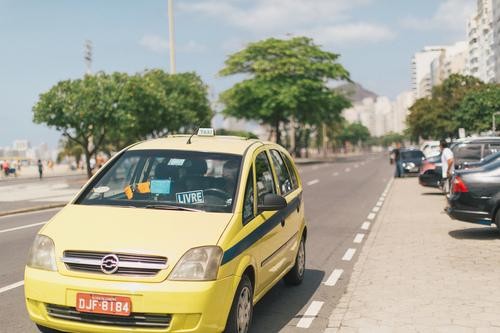While Rio has its issues — as stories about the run-up to the World Cup and the 2016 summer Olympics have amply pointed out — you really can’t go to Brazil without visiting its most storied city. Even with all of its faults, Rio is one of the world’s most fascinating places.
Brazil is a big country, but one of the best things about it is its well-developed airline transportation. Like the U.S., it has airports in every major city. Unlike the U.S., there’s no super-fast interstate highway system, which makes flying all the more attractive.
You could get from Belo Horizonte (our base in Brazil) to Rio in eight white-knuckle hours careening along potholed streets filled with crazy drivers all going different speeds, or you could climb aboard a 737 and get there in 40 minutes. We’re not masochists, so my husband, Bill, and I chose the latter and got tickets a few weeks ago for $150 round trip — that’s for both of us. Tickets are not always that cheap, but if you keep your eye on prices, you might score a similar deal.
Along with my brother, sister-in-law, and some longtime friends, we flew to Rio on Gol airlines, a local carrier. We’d crafted an ambitious itinerary, intending to pack four of the city’s must-do destinations into one long day: Ipanema Beach, the Copacabana Palace Hotel, Sugarloaf Mountain (Pão de Açúcar) and Christ the Redeemer (Cristo Redentor).
As we took a taxi into the city, my Portuguese-speaking brother chatted with the driver about how to best tackle our itinerary.

A taxi cab in Rio. (Photo: Samuel Yoo/Flickr)
Their conversation taught me three things: 1. I’ve already picked up enough Portuguese that I could understand about a quarter of what was said — progress! 2. It’s really, really helpful to know a little Portuguese. And 3. Taxi drivers can be tourists’ best friends here. Drivers will not only get you where you need to go, they’ll wait for you for an hourly fee and take you to your next destination if you’d like.
ليست هناك تعليقات:
إرسال تعليق